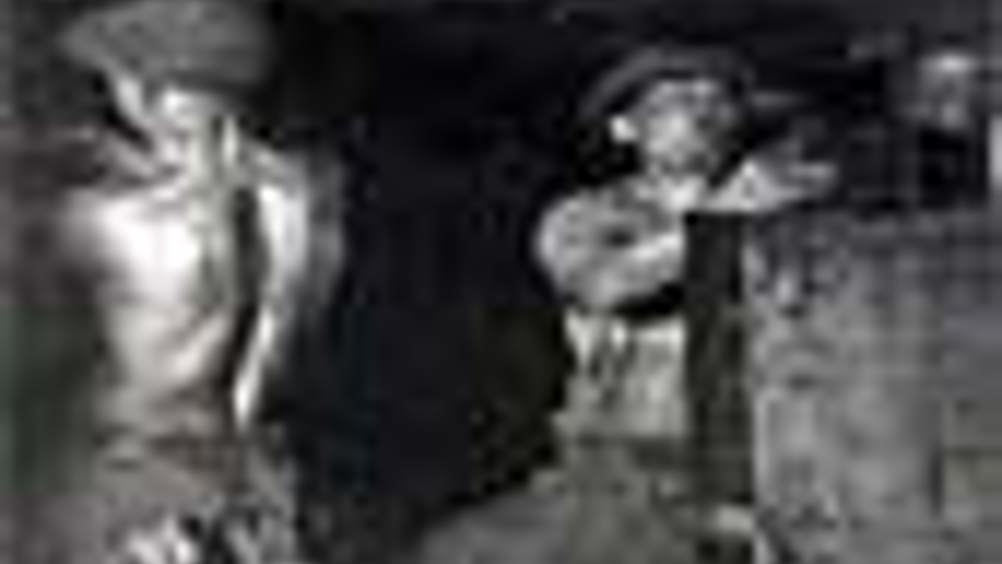Gas reduction

The US Department of Energy (DOE) has joined in sponsoring the first US test of a system that may make a major contribution to reducing greenhouse gas emissions.
Using a new application of existing technology, engineers will attempt to capture methane in underground coal mine air, and if successful could limit emission of a greenhouse gas with more than 20 times the warming potential of CO2.
Methane in underground coal mine air constitutes approximately five percent of all US methane emissions and is the equivalent of about 32 million tons of CO2 per year. The test will evaluate the long-term technical and economic feasibility of reducing methane emissions from underground coal mining.
The test is being conducted by CONSOL Energy and MEGTEC Systems in a closed mine near West Liberty, WV, for a period of eight months. The $2.1 million undertaking is sponsored by DOE and the US Environmental Protection Agency and the operational phase has just begun.
Register now to continue reading
Thanks for visiting The Engineer. You’ve now reached your monthly limit of news stories. Register for free to unlock unlimited access to all of our news coverage, as well as premium content including opinion, in-depth features and special reports.
Benefits of registering
-
In-depth insights and coverage of key emerging trends
-
Unrestricted access to special reports throughout the year
-
Daily technology news delivered straight to your inbox










Water Sector Talent Exodus Could Cripple The Sector
Well let´s do a little experiment. My last (10.4.25) half-yearly water/waste water bill from Severn Trent was £98.29. How much does not-for-profit Dŵr...